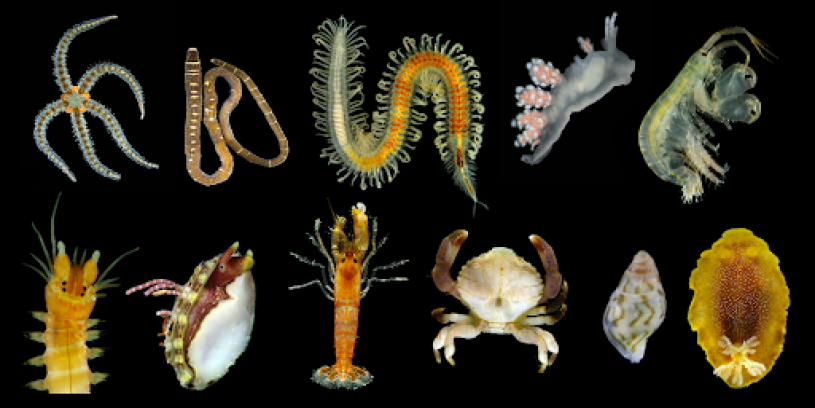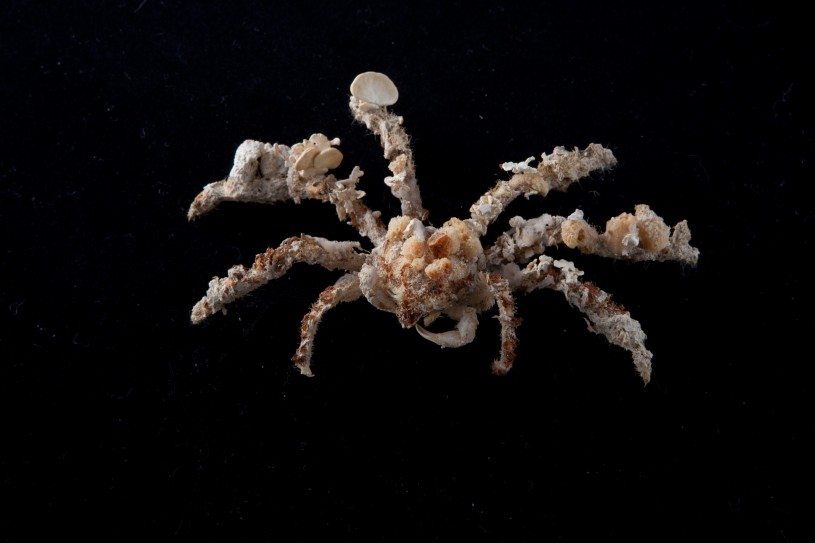The Hart Museum remains closed. Los Angeles County has approved a plan to transfer the William S. Hart Museum and Park from the County to the City of Santa Clarita.
Preserving L.A.'s Urban Ocean History: Oil Spills and NHM Collections
Reflections on the recent disaster at Huntington Beach

Like all Californians, the staff of the Natural History Museum of Los Angeles County (NHM) were, and remain, heartbroken and concerned by the reports of the recent enormous oil spill off of Huntington Beach. Because our mission is “to inspire wonder, discovery, and responsibility for our natural and cultural worlds,” the oil spill, like any ecological disaster, places us in a position both to learn from such catastrophes and to educate our visitors. As NHM Board of Trustees President Shannon Faulk put it, NHM “explores connections between nature, culture, science and history like no other institution can.”

One of the misconceptions about the oceans is that the vast amount of water equals an equally vast amount of marine life. The truth is that huge areas of the seas are nearly barren, with most marine life concentrated in certain habitats. Although coastal and continental shelf waters constitute only approximately 7% of the world’s ocean by size, this is where the vast majority of ocean life resides (https://www.nps.gov/subjects/oceans/ocean-habitats.htm). Estuaries, kelp forests, sea grass meadows, mangroves, mudflats, coral reefs, salt marshes, rocky intertidal zones – all are nearshore habitats teeming with life. This fact makes apparent the problems associated with any form of near-shore pollution, including thermal and sewage effluent, trash, and runoff. And, in this case, oil spills.
As with most oil spills, the most obvious early casualties were the area’s birds, marine mammals, and nearshore fishes, and it’s possible that the deleterious effects on these vertebrates will be with us for a very long time (https://www.theguardian.com/us-news/2021/oct/06/huntington-beach-oil-sp…). But of course all marine life, throughout the entire marine food chain, is ultimately affected (listen to NPR’s interview with Michael Ziccardi, of the Oiled Wildlife Care Network at UC Davis). It’s not just about the vertebrates, and it’s not just about the food chain.

The fact that oil is lighter than water and floats on the sea’s surface might seem to favor some marine life living below the waves. But the planktonic life, both plant (phytoplankton) and animal (zooplankton), are confined to the upper waters, where they are disproportionately affected by an oil spill. Plankton are known as “marine drifters” – plants and animals that go with the flow, letting the waves and currents take them, literally, anywhere the wind blows. Because they are confined to the uppermost waters of the oceans, plankters (as individual residents of the plankton are called) are particularly vulnerable to floating toxins, and oil spills are devastating. Planktonic plants (e.g. diatoms and green algae) are affected two ways, by the poison itself and by the loss of the sunlight on which their photosynthesis depends. Crabs, worms, snails, clams, sea stars, and other marine invertebrates (creatures lacking a backbone) are affected as well; nearly all begin their life as tiny larval stages that live in the plankton. What else lives in the plankton? It’s not only the tiny creatures that form the basis of the food chain. It’s also the larval forms of much larger creatures. Tuna, for example, start off their lives in the plankton. Black and Blue Marlin, the largest fish predators in the world’s oceans, begin life as larvae in the plankton. Many sea birds depend on, and float among, the plankton. Even some deep-sea fishes spend part of their larval life in, or feeding on, the plankton. To say that the plankton is important is an incredible understatement; planktonic life is the basis for life in the sea.

The vast NHM collections contain literally millions of specimens of local marine life, including important collections of fishes, marine birds, and mammals but also all groups of “invertebrate” animals such as crustaceans, echinoderms, worms, mollusks, corals, sponges, and more. It is our fervent hope that these collections of extant organisms will continue to represent existing life on earth rather than reflect only what used to be here.
Dr. Joel W. Martin is Associate Vice President for Research at the Natural History Museum of Los Angeles County.
